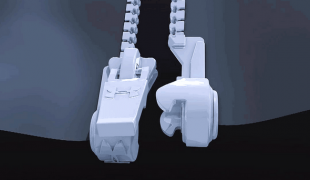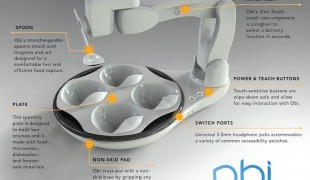- 6672
- 449
- 10
- 11
- 0
- Help Ukraine
About the solution
Because he has a disability, Victor can’t use his right hand to hold the steel balls while he is playing. So he developed a belt which can carry the steel balls, without Victor having to bend and grab the balls each time he has to, because when he throws in his left hand, he can’t hold the balls in his right hand.
So with this solution, he can carry the steel balls at hip height, without having the risk of falling.
The inventor produced the belt by using a cylinder to which he hung a bottom and a half chain link. He then passed a belt through and glued a rubber cloth to the bottom to dampen the sound of the ball as it falls into the pocket.
Adapted from: http://bit.ly/2iEGhIo
这些解决方案不应包括使用药物,化学品或生物制品(包括食品);创伤性设备;冒犯性的,商业或内在危险的内容。该解决方案未经医学验证。请谨慎进行!如果您有任何疑问,请咨询健康专家。
DISCLAIMER: This story was written by someone who is not the author of the solution, therefore please be advised that, although it was written with the utmost respect for the innovation and the innovator, there can be some incorrect statements. If you find any errors please contact the patient Innovation team via info@patient-innovation.com
-
-
481
-
0
-
6632

Father develops 3D printing prosthetic arm for his son
-
-
-
656
-
0
-
13632

Mother and son create magic zipper
-
-
-
674
-
0
-
9962

Man creates device to help grandfather feed himself
Grip
(SELF)-CARE: EATING: Eating independently.
Arthritis
Cerebral Palsy
Neuromuscular Disorders
Muscular Dystrophy
Assistive Daily Life Device (to help ADL)
Difficulty walking or moving
Muscle weakness
Muscle cramps or spasms
Difficulty coordinating movements
Stiffness or rigidity (difficulty moving)
Limited range of motion
Muscle pain or stiffness
Reduced grip force (grip)
Loss of muscle coordination
Joint deformity
Joint redness or warmth
Joint pain or swelling
Restoring mobility
Promoting self-management
Managing Neurological Disorders
Medical Genetics
Neurology
Orthopedics
Rheumatology
United States
-
 zh
zh